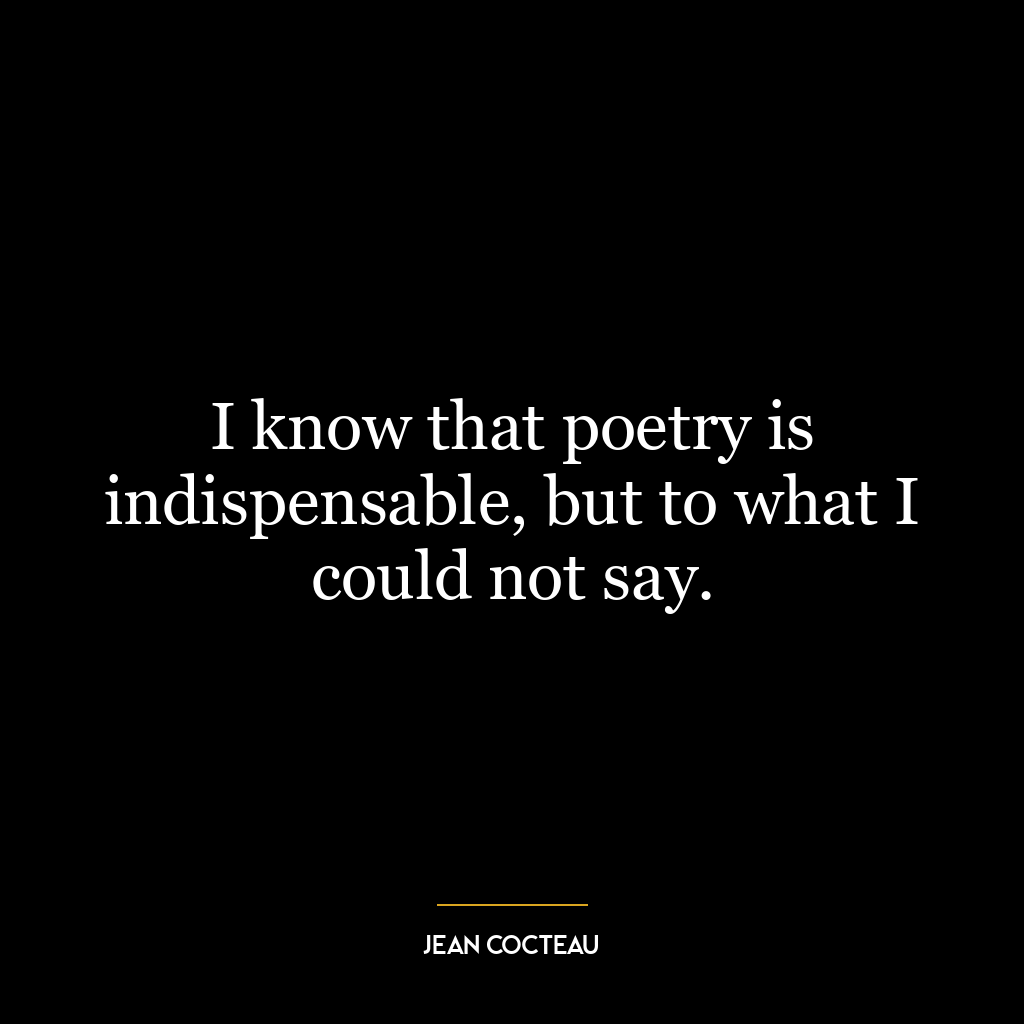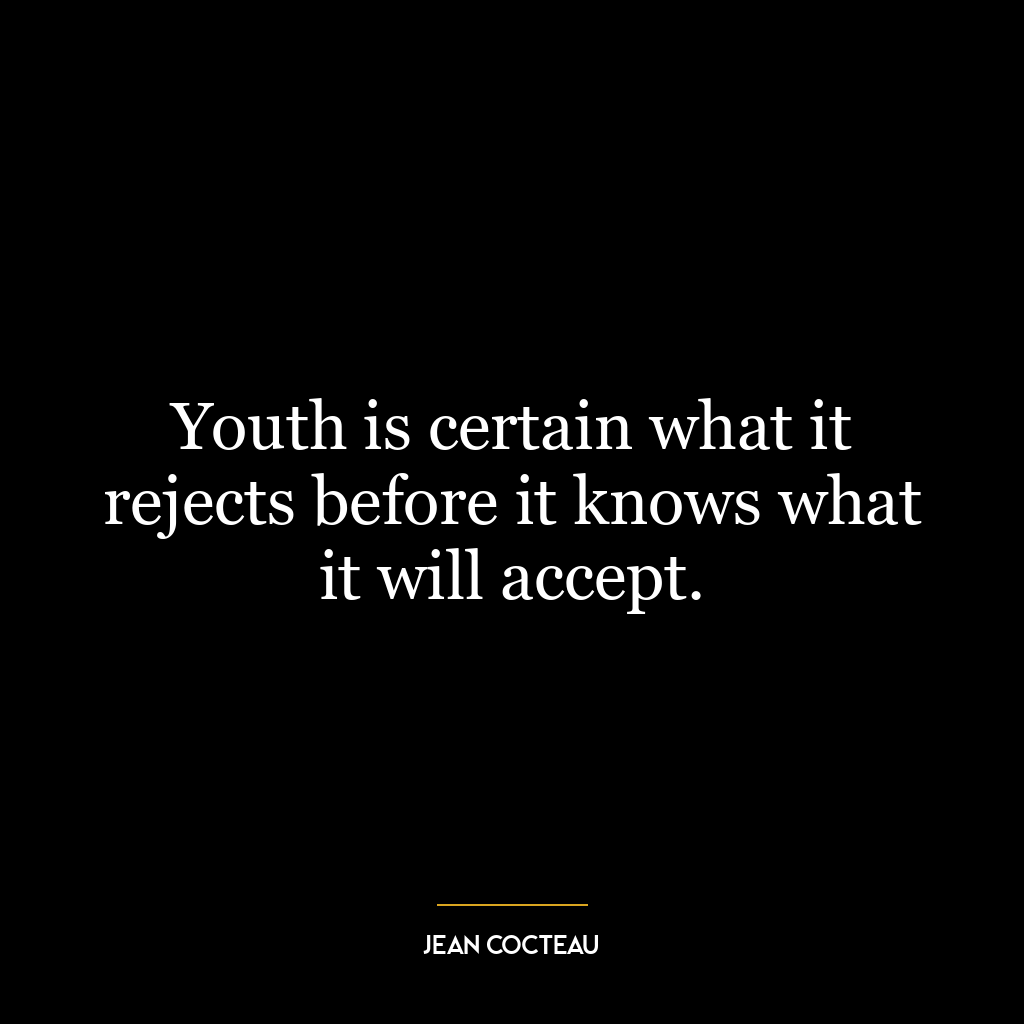The more I think of it, the more I realize there are no answers. Life is to be lived.
This quote is a profound reflection on the nature of life and our human tendency to seek answers to everything. It suggests that life is not a puzzle to be solved or a question to be answered, but rather an experience to be lived.
The first part of the quote, “The more I think of it, the more I realize there are no answers,” encapsulates the idea that despite our best efforts, we may never fully understand everything about life. This isn’t because life is inherently unknowable, but because it is complex and multifaceted. It is a journey filled with twists and turns, ups and downs, and a multitude of experiences that cannot be easily explained or understood.
The second part, “Life is to be lived,” is a call to action. It urges us to shift our focus from the futile pursuit of absolute understanding to the act of living itself. It’s a reminder to embrace life’s uncertainties and to find joy and fulfillment in the journey, rather than getting lost in the quest for answers.
In today’s world, where we have access to an overwhelming amount of information and a constant pressure to make sense of it all, this quote is particularly relevant. It’s easy to get caught up in the search for answers, to feel like we need to have everything figured out. But this quote reminds us that it’s okay not to have all the answers and that life isn’t a test we need to pass, but an adventure to be experienced.
In terms of personal development, this quote can be seen as an encouragement to embrace uncertainty, to be open to new experiences, and to learn through living. It suggests that growth and understanding come not from finding definitive answers, but from engaging fully with life’s complexities and contradictions. It’s a call to live authentically and fully, to learn from our experiences, and to find meaning in the journey itself.












